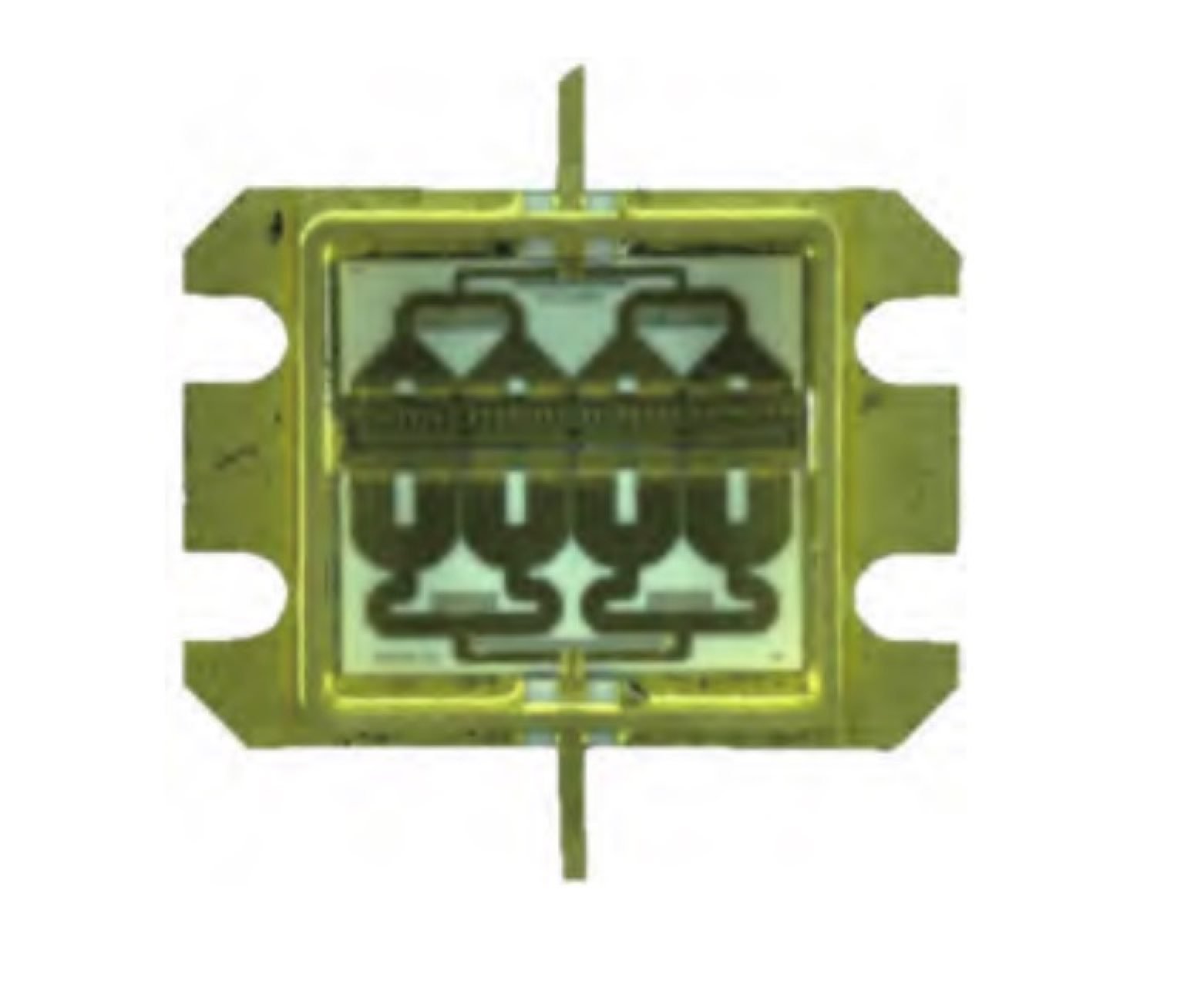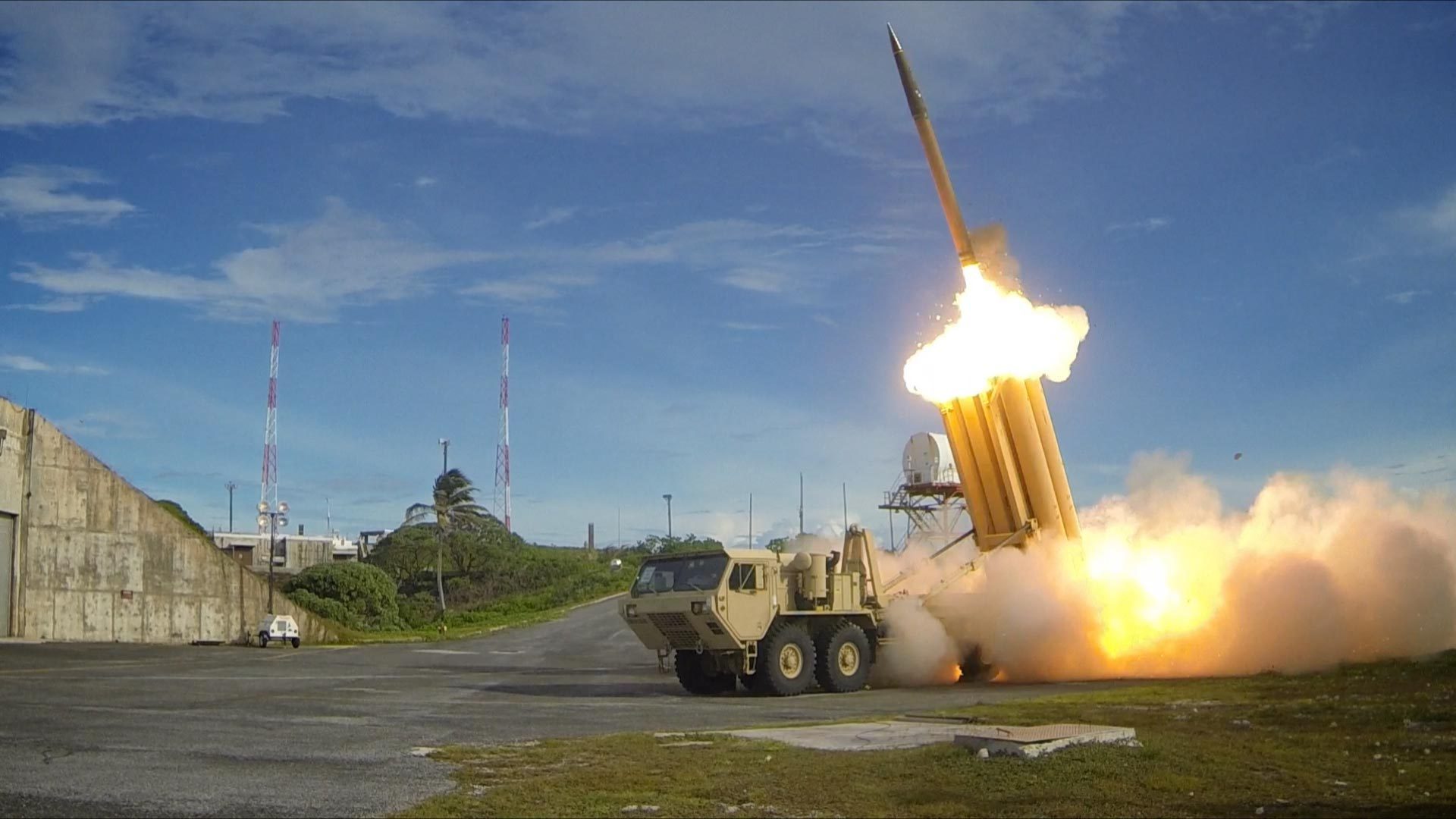A team of scientists associated with a major Chinese defense company claims to have developed a new chip capable of powering an extremely powerful radar operating in the X-band, predominantly used by the military for threat detection and missile guidance.
The South China Morning Post report claimed this finger-sized chip, capable of producing radar signals peaking at 2.4 kilowatts, represents a significant leap forward, outperforming similar power-amplifying chips in most existing radar systems by one to two orders of magnitude.
Chinese researchers argued that developing this powerful chip is essential, as existing chip technology cannot satisfy the demands of new, ultra-high power microwave systems owing to their relatively low power density.
The Chinese company scientists believe that this new chip holds promising potential for practical applications and can be manufactured on a large scale at relatively low cost.
Additionally, the research team undertook a redesign of the gate, a crucial element within the chip responsible for signal emission, shifting it from its commonly employed T-shape configuration to a V-shape.

According to their findings, this minor alteration notably enhanced both the power and quality of the radar signals.
Furthermore, addressing the persistent issue of heat stress in radar operations, the report said the new chip demonstrates exceptional thermal stability, remaining well below the safety threshold temperature even when operating at peak power levels.
Amidst the escalating rivalry between the United States and China, Beijing has heightened its focus on defense, directing increased efforts toward developing robust weapon systems, including advanced radar technology.
The EurAsian Times reported in June that China announced its intentions to construct a powerful radar system designed for warships, with the capability to track multiple targets over a range of 3,500 kilometers, approximately the distance to Guam.
The scientists in that project anticipated that the next-generation active phased array radar would produce signals with an impressive 30-megawatt power output, necessitating the seamless coordination of “tens of thousands” of chips to generate powerful electromagnetic waves in rapid, synchronized pulses.
The New Chip Uses Gallium Nitride
This cutting-edge chip harnesses the potential of gallium nitride, a semiconductor material known for its capability to enhance electronic device efficiency and power.
However, China, which produces over 80 percent of the world’s gallium supply, faces significant export bans on high-powered gallium-based semiconductors enforced by the US government and its allies.
In response, Beijing imposed export restrictions on this essential metal in July. The chip’s gallium nitride layer, measuring just a few nanometers in thickness, generates robust signals through a rapid electron flow.
However, the research team encountered a challenge when attempting to exceed a 1-kilowatt power output. Beyond this threshold, most gallium-based semiconductors are susceptible to electron leakage under high voltage conditions.

The researchers introduced aluminum into the gallium nitride mixture to address this issue as a potential electron leakage barrier. They had to carefully calibrate the aluminum content, as excessive amounts could disrupt electron flow and reduce the chip’s peak power capabilities.
Radar systems have often taken center stage in the growing geopolitical tensions between the United States and China. The deployment of advanced radar systems by rival nations is perceived as a direct security concern.
A notable example of this is South Korea’s installation of the US Terminal High Altitude Area Defense (THAAD) missile defense system in 2016. This move prompted Beijing to respond with economic sanctions, asserting that the radar-cum-missile system significantly threatened China’s security interests.
Gallium has extensive applications in cutting-edge microelectronics, from semiconductors to light-emitting diodes (LEDs). Additionally, it has a longstanding role as a crucial component in advanced defense systems and the military’s logistical network within the United States.
Its primary utilization has been in high-powered radar systems, like the AN/SPY-6 radar employed by the US Navy and the AN/TPS-80 G/ATOR radar used by the Marine Corps.
Beijing’s sanctions on Gallium exports were, in part, intended to disrupt the defense supply chain as a countermeasure against semiconductor export controls implemented by Washington.
This move was seen as Beijing seizing the opportunity to enhance its leverage against the United States, capitalizing on Washington’s concerns about vulnerability.
However, experts suggest that Beijing’s export controls may have a limited effect on the Pentagon’s supply chain. American defense leaders are likely to seek alternative sources for Gallium to mitigate the impact of these sanctions.
- Contact the author at ashishmichel(at)gmail.com
- Follow EurAsian Times on Google News




